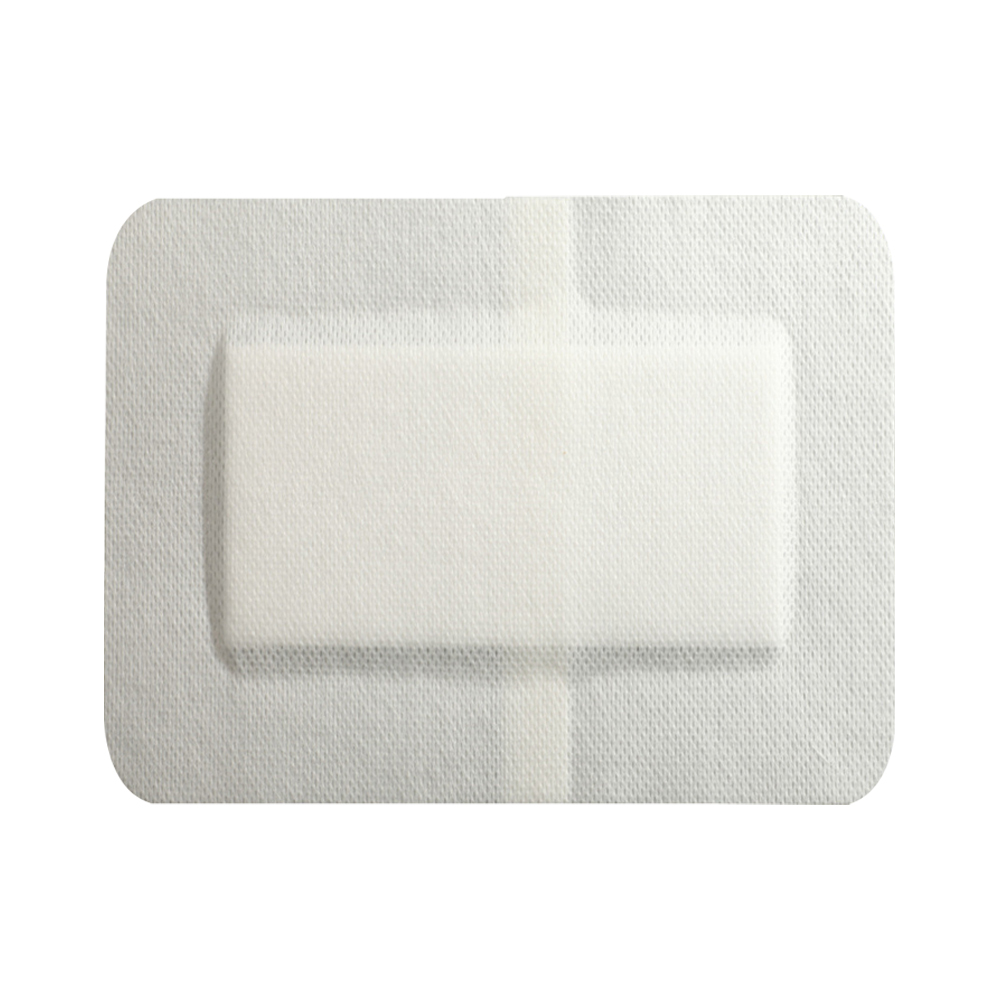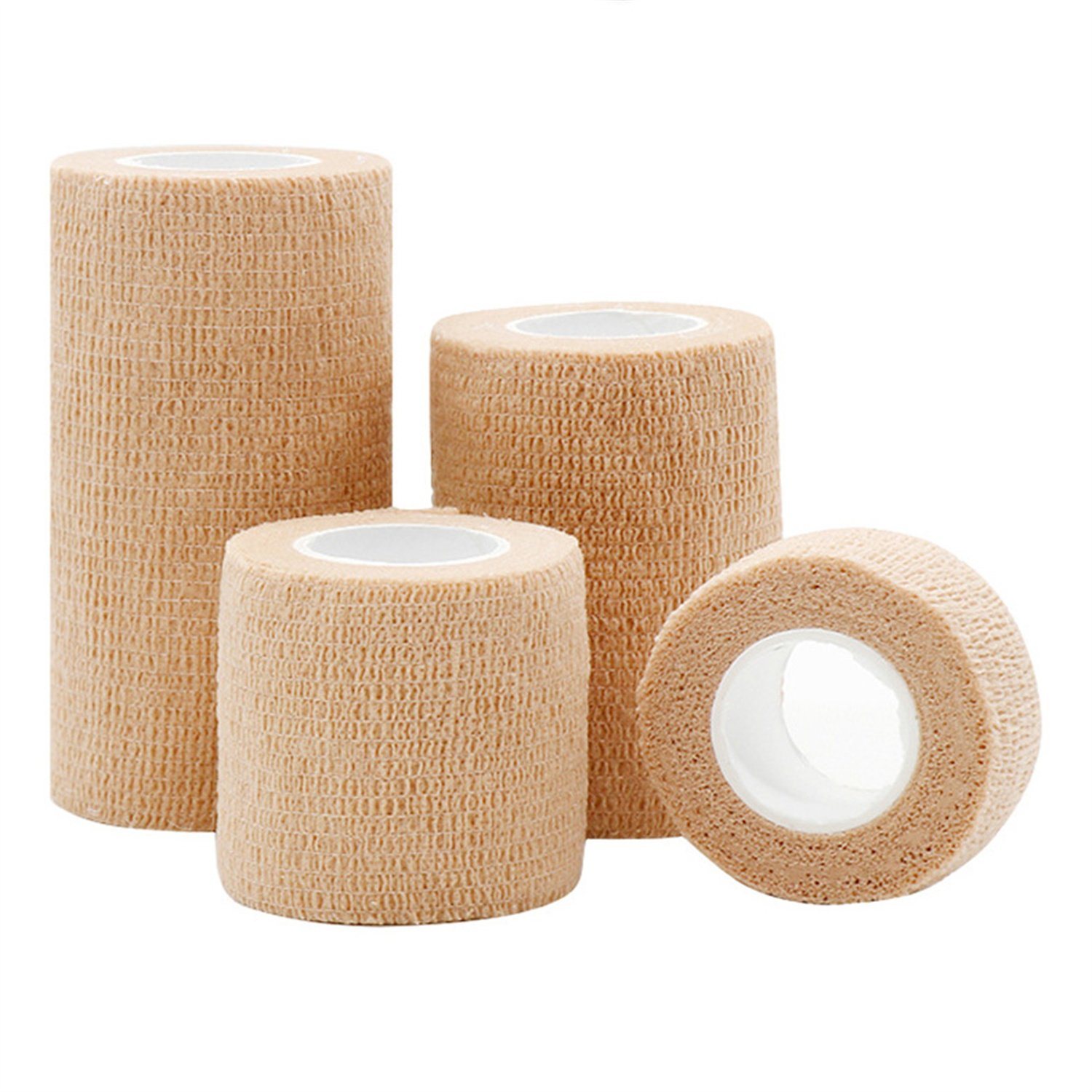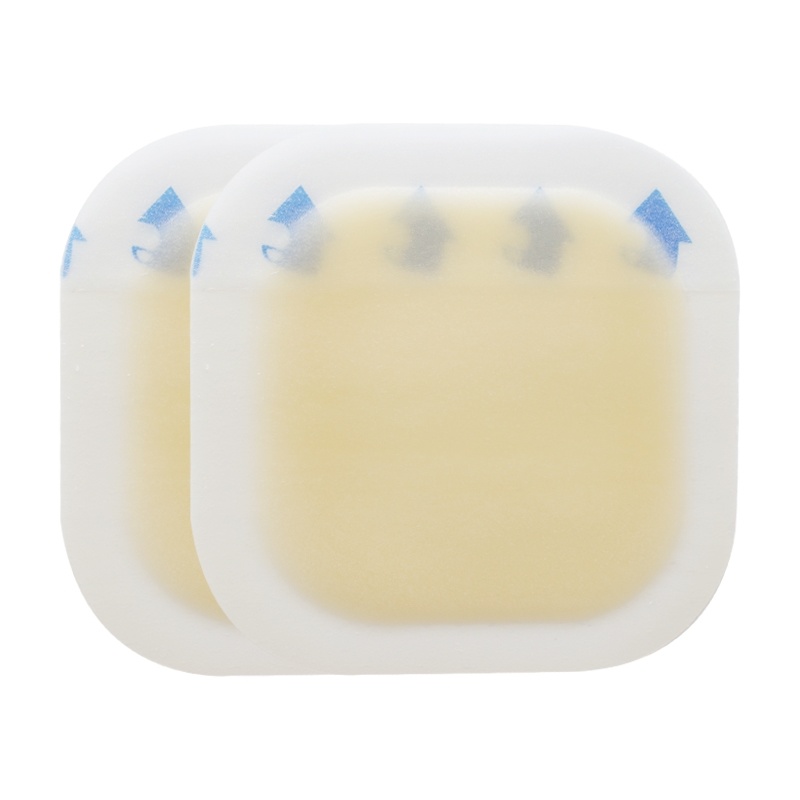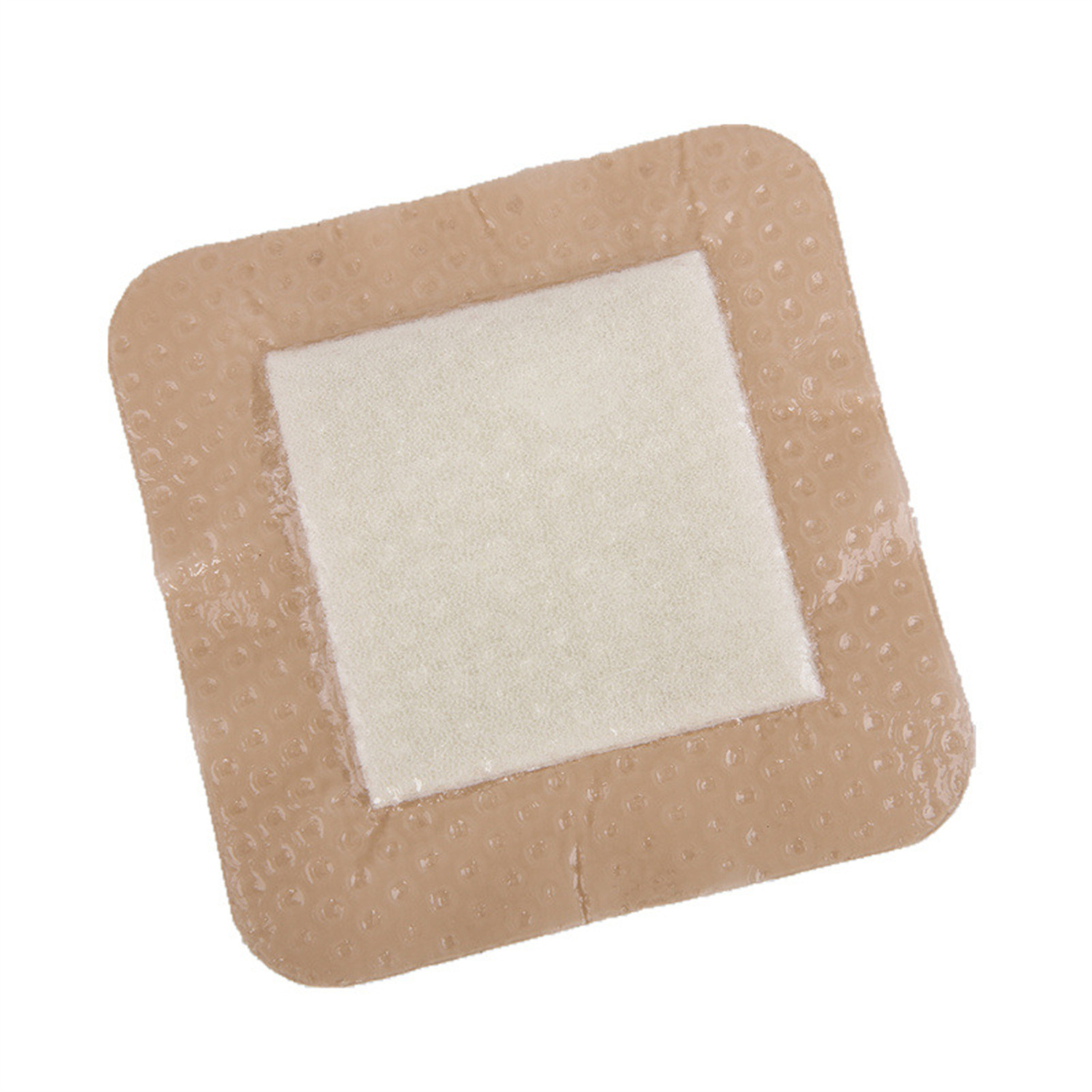Dressings: Dressings provide the optimal environment for wound healing. To achieve this, advanced dressings can function through simple physical or chemical properties, most typically controlling constant temperature, hypoxia, mild acidity, moisturization, reducing infection, and providing an optimal healing environment for the wound.
Wounds: Acute wounds usually heal in an orderly and timely manner within the wound-healing line cycle. It is mainly characterized by four stages of coagulation, inflammation, proliferation and remodeling, while chronic wounds are characterized by stagnation of one of these stages (inflammation).
gauze
It easily absorbs blood and other body fluids, retains its shape when wet, has a soft touch when dry, is resistant to a variety of disinfection methods, and is easy to use.
Advantages: Wound cleaning, filling dead space, easy to use, economical
Disadvantages: time-consuming and labor-intensive, easy to stick, dry wound, increased pain
hydrocolloid dressing
advantage:
Aids in autolytic debridement
Self-adhesive, can be cut
Non-stick wound, keep warm and comfortable, reduce pain
Reduce the frequency of dressing changes by 3-5 days, no more than 7 days
Disadvantages:
It is not easy to observe the wound, the residual glue is not easy to remove, the odor is misjudged as infection, and the skin around the wound can be impregnated
Indications: Partial skin wounds, black scab wounds, small and moderate exuding wounds, superficial burns, sunburns, abrasions and radiation wounds, pressure ulcer prevention
Contraindications: Third-degree burns, infected wounds, cavity wounds, and submerged wounds
foam dressing
characteristic:
Medical polyurethane is made of 3D foaming technology, single-layer or multi-layer
Adhesive and non-adhesive versions
Moisturizing, isolation, non-sticking
There are flake, round, irregular type
Mechanism:
Super absorbent polymer material, porous structure. Absorbs large amounts of exudate, swells vertically inward and locks in exudate, avoiding maceration of surrounding skin. And block external bacteria and particulate foreign bodies, allowing the wound to exchange gas with the environment.
advantage:
1. No trauma, comfortable, easy to use and remove when removed
2. The dressing can be changed for up to 7 days according to the absorption of the dressing
3. There are many types to choose from
Disadvantages:
1. May cause wound dehydration when used for a small amount of exudate
2. Not all foam dressings can be used in sinus wounds
3. Cavity wounds must be used with other dressings
4. May require a second layer of dressing to secure
5. Improper use may cause maceration of surrounding skin
Indications: Partial or full-thickness wounds, moderate to heavy exudate wounds, protect the fragile skin around the wound, can be used for infected wounds, can be used for autolytic debridement, can be used for tracheostomy wounds
Contraindications: third-degree burns, dry necrotic tissue

Antibacterial dressing
Features: silver alginate, silver foam, hydrophilic fiber silver, liquid silver dressing.
Mechanism of action: Silver ions will hinder the synthesis of bacterial cell wall proteins, prevent the DNA division of the nucleus and destroy the synthesis of bacterial respiratory energy chains, and eventually cause the bacterial cell wall to rupture and die.
Advantages: Control bacterial attachment, effective against microorganisms
Cons: May be allergic to dressings
Indications: Infected wounds

















